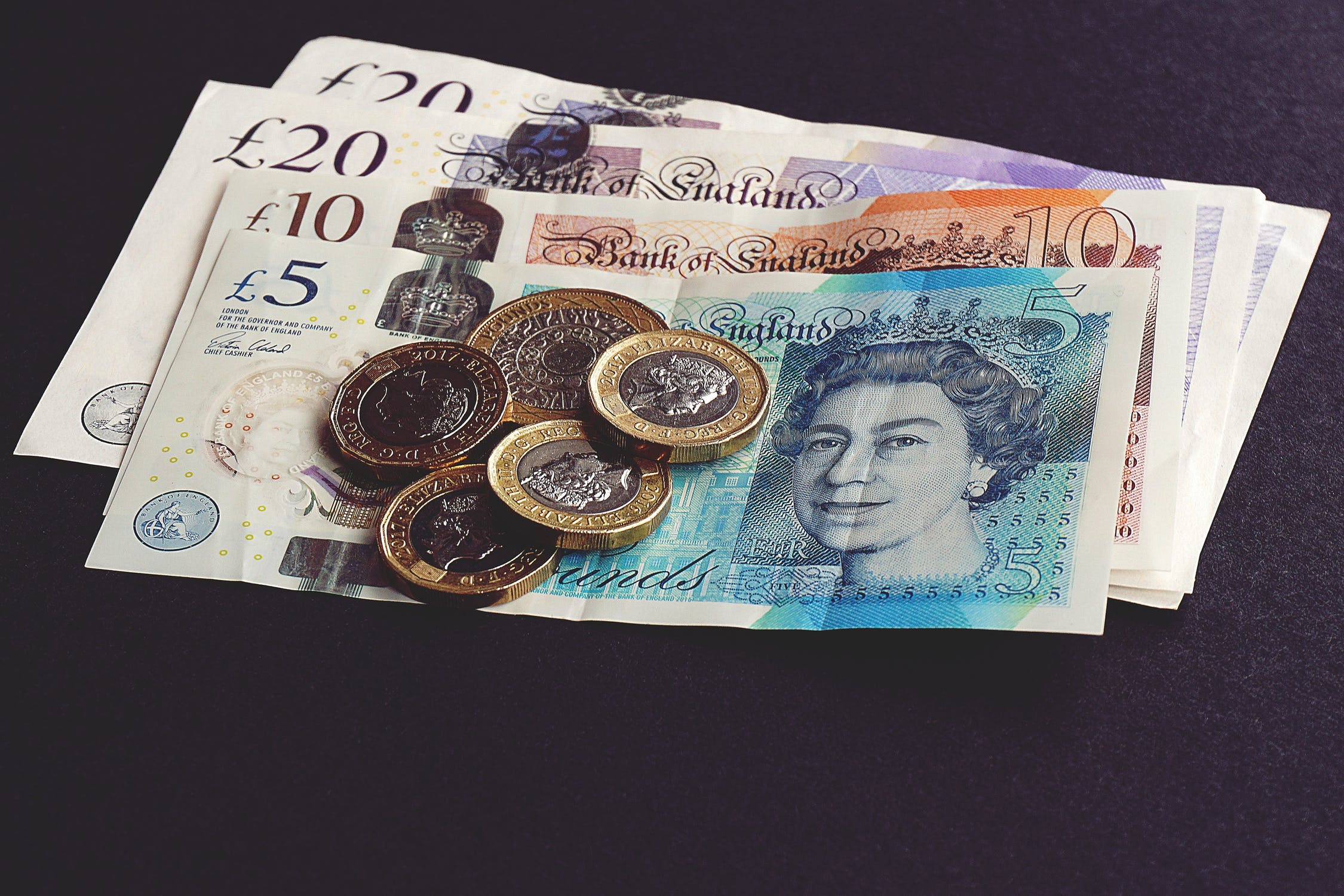The government has revealed that HMRC collected £584.3bn in taxes in 2020/2021, a decrease of 7.8% from the year before.
This figure reflects a fall from £633.4bn in 2019/20, with receipts as a proportion of GDP down from 28.5% to 27.9% in the latest tax year.
HMRC stated that the COVID-19 pandemic, and the government policies announced in response to tackling the crisis, have had “significant impacts” which are visible in receipts collected across a number of taxes.
Figures showed that during the 2020/2021 tax year, combined receipts from Income Tax (IT), Capital Gains Tax (CGT), NICs & Apprenticeship Levy (AL) accounted for 60% of the annual receipts. HMRC described the slight increase in receipts in the latest tax year, to £352.1bn, as “smaller than expected”. The government also stated this is likely due to a combination of reduced economic activity leading to lower tax liabilities and deferral and non-payment of liabilities during the COVID-19 pandemic
Inheritance Tax (IHT) receipts increased in 2020/21 compared to the previous year to reach to £5.3bn, although they remained below their 2018/19 peak of £5.4bn. HMRC suggested this increase is likely in part due to the higher number of wealth transfers that took place during the latest tax year, a result of the higher-than-usual deaths registered due to the impact of the pandemic.
For VAT, annual receipts reached a peak of £132.2bn in 2018/19 before falling slightly in the following year to £129.9bn, and a further fall in the latest tax year to £101.1bn. These falls can also be partially attributed to VAT payment deferment policy introduced by the government to support business during COVID-19.
Hargreaves Lansdown personal finance analyst, Sarah Coles, commented: “At a time when the government desperately needs taxes to feed into the Treasury, the pandemic has taken a £49bn bite out of them. Meanwhile, it has racked up a £78.5bn bill for support schemes. It’s no wonder the government is keen to claw back some cash.
“Some of the tax changes were natural consequences of the pandemic. We saw taxes on income rise much less than expected, because the pandemic meant the earnings of millions of people fell during the year. IHT, meanwhile, was up slightly – which sadly is likely to be due to the fact the death rate rose as the pandemic took hold.
“The figures reveal exactly why the Treasury is keen to start making up some of the shortfall with cuts in spending and new tax revenue. The scale of the figures involved means the government will be keen to make changes as soon as it feels the economy can cope with it.”
Latest News
-
Borrowers jumped gun ahead of December rate cut – Twenty7tec
-
FCA stops Verus Financial Services from conducting regulated activities
-
IHT receipts reach £5.8bn in eight months to November
-
Perspective Financial Group acquires Prosser Knowles
-
Over half of UK savers relying on non-pension assets for retirement
-
Bank of England cuts interest rates to 3.75%
Perenna and the long-term fixed mortgage market

Content editor, Dan McGrath, spoke to head of product, proposition and distribution at Perenna, John Davison, to explore the long-term fixed mortgage market, the role that Perenna plays in this sector and the impact of the recent Autumn Budget
The role of the bridging market and technology usage in the industry
Content editor, Dan McGrath, sat down with chief operating officer at Black & White Bridging, Damien Druce, and head of development finance at Empire Global Finance, Pete Williams, to explore the role of the bridging sector, the role of AI across the industry and how the property market has fared in the Labour Government’s first year in office.
NEW BUILD IN FOCUS - NEW EPISODE OF THE MORTGAGE INSIDER PODCAST, OUT NOW

Figures from the National House-Building Council saw Q1 2025 register a 36% increase in new homes built across the UK compared with the same period last year, representing a striking development for the first-time buyer market. But with the higher cost of building, ongoing planning challenges and new and changing regulations, how sustainable is this growth? And what does it mean for brokers?
Does the North-South divide still exist in the UK housing market?

What do the most expensive parts of the country reveal about shifting demand? And why is the Manchester housing market now outperforming many southern counterparts?
In this episode of the Barclays Mortgage Insider Podcast, host Phil Spencer is joined by Lucian Cook, Head of Research at Savills, and Ross Jones, founder of Home Financial and Evolve Commercial Finance, to explore how regional trends are redefining the UK housing, mortgage and buy-to-let markets.
In this episode of the Barclays Mortgage Insider Podcast, host Phil Spencer is joined by Lucian Cook, Head of Research at Savills, and Ross Jones, founder of Home Financial and Evolve Commercial Finance, to explore how regional trends are redefining the UK housing, mortgage and buy-to-let markets.
© 2019 Perspective Publishing Privacy & Cookies










Recent Stories